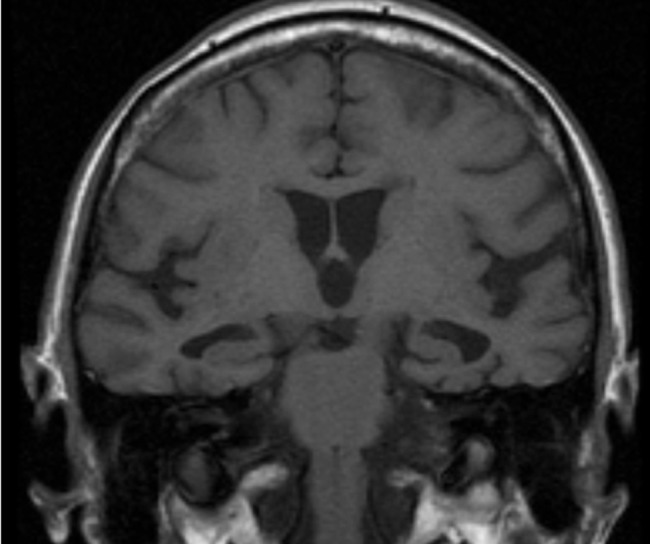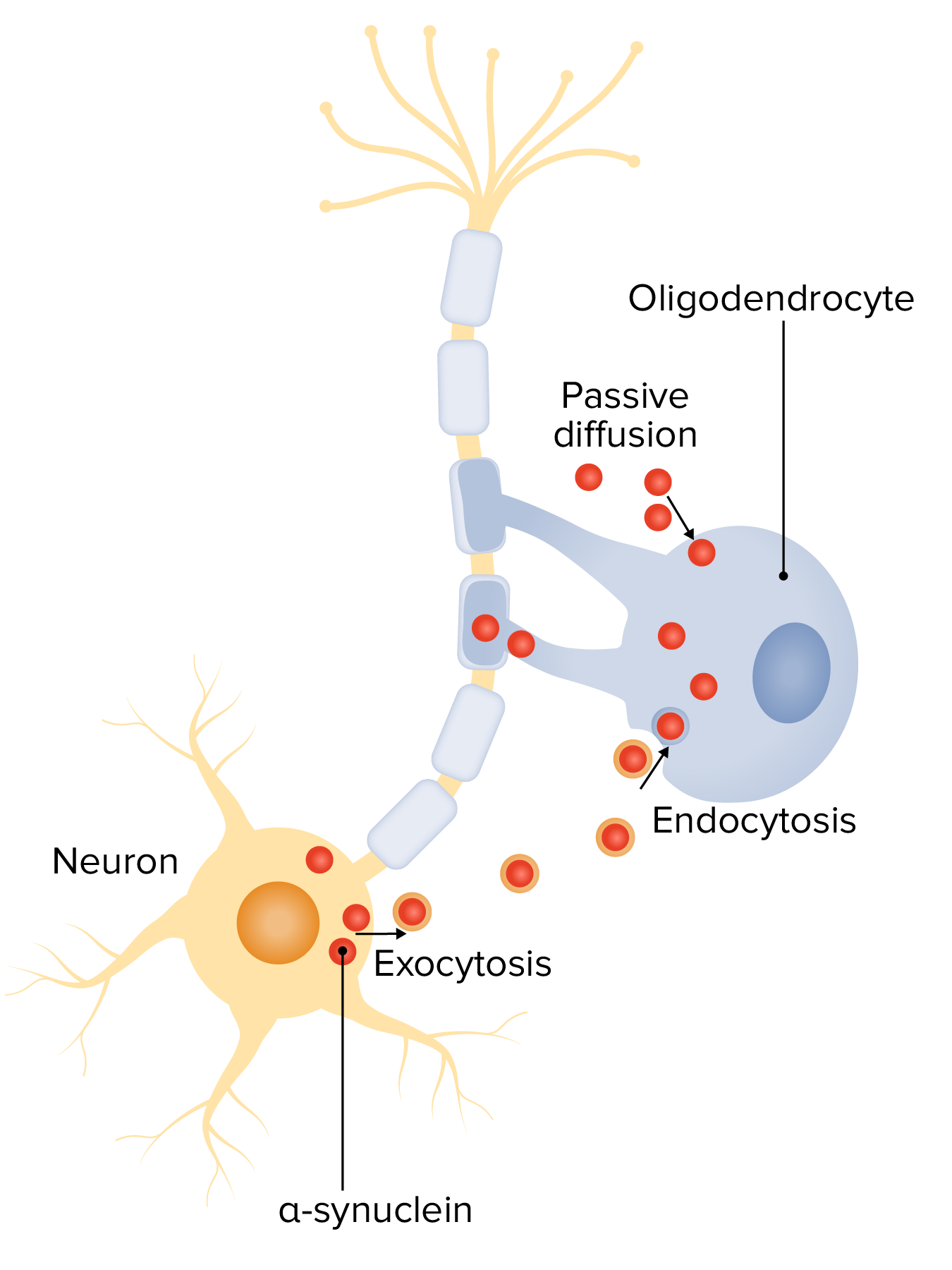Playlist
Show Playlist
Hide Playlist
Other Dementia: Classification
-
Slides Other Dementias.pdf
-
Download Lecture Overview
00:00 When we think about these other Alzheimer's and non-Alzheimer's types of dementia, it can be helpful to classify them based on the protein that's developing in the brain. Tau is one of those important proteins and the mnemonic I like to remember for the tauopathies, the dementias that are associated with accumulation of tau, is APCP. The A stands for Alzheimer's dementia. P is Pick's disease, formerly Pick's disease what's known as frontotemporal dementia. The C stands for corticobasal degeneration and P for progressive supranuclear palsy. Each of these conditions is characterized by progressive accumulation of tau in different regions of the brain contributing to the patient's symptom. The top 2 conditions were on the differential diagnosis for dementia though we can see some Parkinsonian features at the end-stage of those conditions. The bottom 2 are our Parkinson's plus conditions where we see prominent Parkinsonism and late stage in the disease we can see dementia. And this is one of the principles we see with neurodegenerative conditions. Early in the course of the disease, it's very easy or can be easy to differentiate the type of disorder and late they all tend to follow a final common pathway of progressive degeneration in both motor, cognitive, and other non-motor dysfunctions predominate.
About the Lecture
The lecture Other Dementia: Classification by Roy Strowd, MD is from the course Other Dementias.
Included Quiz Questions
What are the four major tauopathies?
- Alzheimer disease, Pick disease (frontotemporal dementia), corticobasal degeneration, progressive supranuclear palsy [mnemonic: "APCP"]
- Alzheimer disease, Huntington's disease, Pick disease (frontotemporal dementia), Parkinson disease
- Dementia with Lewy bodies, Alzheimer dementia, multiple system atrophy, Parkinson disease
- Alzheimer disease, mild cognitive impairment, Creutzfeldt-Jakob disease, progressive supranuclear palsy
What are the two tauopathies sometimes classified as the "Parkinson plus" conditions?
- Corticobasal degeneration, progressive supranuclear palsy
- Multiple system atrophy, Parkinson disease
- Alzheimer’s disease, Huntington’s disease
- Wilson’s disease, Creutzfeldt-Jakob disease
Customer reviews
5,0 of 5 stars
| 5 Stars |
|
5 |
| 4 Stars |
|
0 |
| 3 Stars |
|
0 |
| 2 Stars |
|
0 |
| 1 Star |
|
0 |





